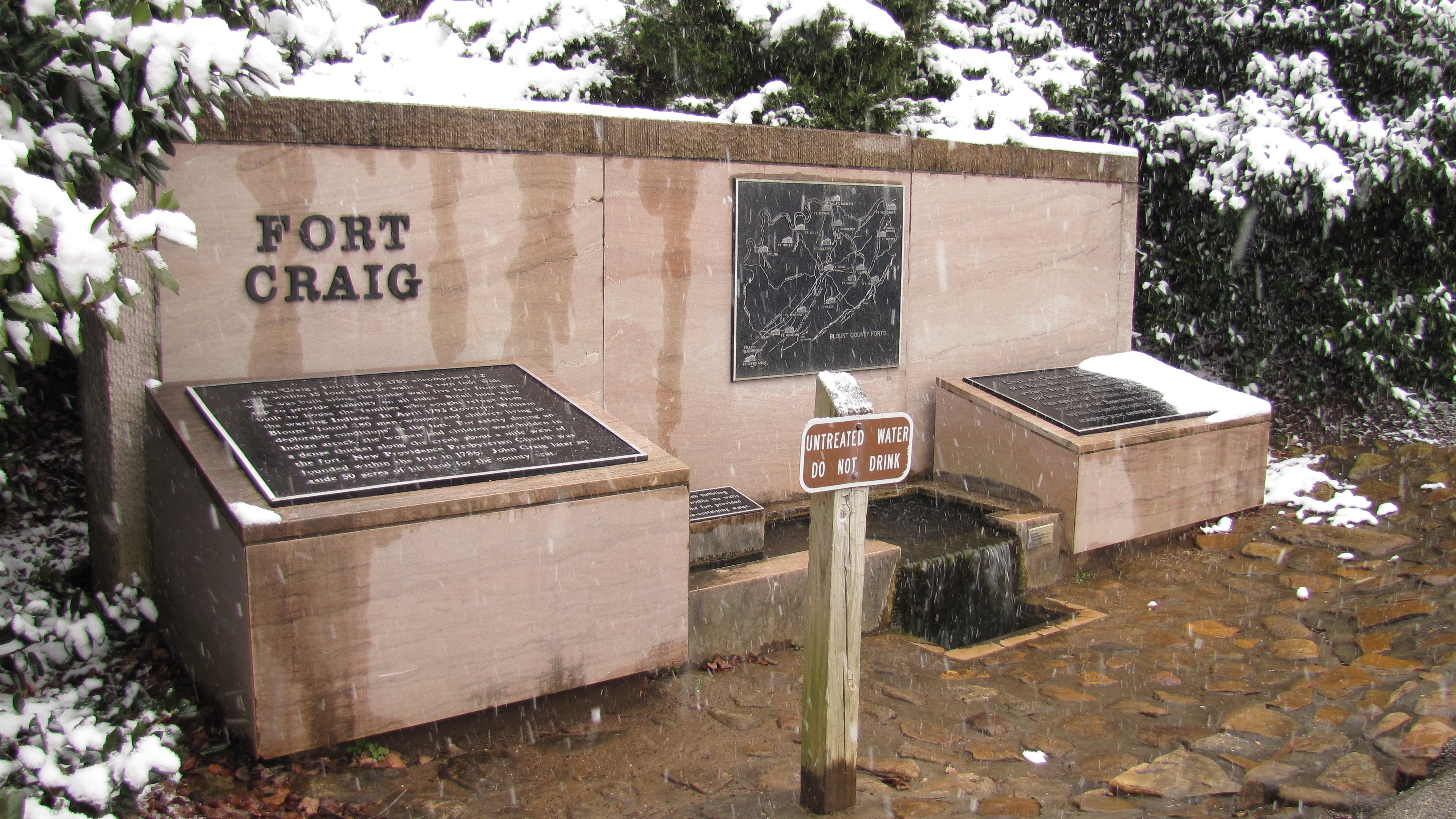|
Louisville, Tennessee
Louisville is a suburban town in Blount County, Tennessee. Its population was 4,384 at the 2020 census. It is included in the Knoxville, Tennessee Metropolitan Statistical Area. History The Louisville area was settled in the early 1800s, and its situation on the Tennessee River helped it grow into a key flatboat and steamboat port. It was incorporated in 1851. The town's namesake is unknown, although some have suggested that its name was influenced by the French King Louis Philippe, who visited the area in the late 1790s. ." Knoxville, Tennessee Community Guide, 2007. Retrieved: December 29, 2007. In 1974 Louisville's downtown was declared a national historic district by the |
Town
A town is a type of a human settlement, generally larger than a village but smaller than a city. The criteria for distinguishing a town vary globally, often depending on factors such as population size, economic character, administrative status, or historical significance. In some regions, towns are formally defined by legal charters or government designations, while in others, the term is used informally. Towns typically feature centralized services, infrastructure, and governance, such as municipal authorities, and serve as hubs for commerce, education, and cultural activities within their regions. The concept of a town varies culturally and legally. For example, in the United Kingdom, a town may historically derive its status from a market town designation or City status in the United Kingdom, royal charter, while in the United States, the term is often loosely applied to incorporated municipality, municipalities. In some countries, such as Australia and Canada, distinction ... [...More Info...] [...Related Items...] OR: [Wikipedia] [Google] [Baidu] |
Steamboat
A steamboat is a boat that is marine propulsion, propelled primarily by marine steam engine, steam power, typically driving propellers or Paddle steamer, paddlewheels. The term ''steamboat'' is used to refer to small steam-powered vessels working on lakes, rivers, and in short-sea shipping. The development of the steamboat led to the larger steamship, which is a seaworthy and often ocean-going ship. Steamboats sometimes use the ship prefix, prefix designation SS, S.S. or S/S (for 'Screw Steamer') or PS (for 'Paddle Steamer'); however, these designations are most often used for steamships. Background Limitations of the Newcomen steam engine The first steamboat designs used Newcomen atmospheric engine, Newcomen steam engines. These engines were large, heavy, and produced little power, which resulted in an unfavorable power-to-weight ratio. The heavy weight of the Newcomen engine required a structurally strong boat, and the reciprocating motion of the engine beam required a compli ... [...More Info...] [...Related Items...] OR: [Wikipedia] [Google] [Baidu] |
Asian (U
Asian may refer to: * Items from or related to the continent of Asia: ** Asian people, people in or descending from Asia ** Asian culture, the culture of the people from Asia ** Asian cuisine, food based on the style of food of the people from Asia ** Asian (cat), a cat breed similar to the Burmese but in a range of different coat colors and patterns * Asii (also Asiani), a historic Central Asian ethnic group mentioned in Roman-era writings * Asian option, a type of option contract in finance * Asyan, a village in Iran See also * * * East Asia * South Asia * Southeast Asia Southeast Asia is the geographical United Nations geoscheme for Asia#South-eastern Asia, southeastern region of Asia, consisting of the regions that are situated south of China, east of the Indian subcontinent, and northwest of the Mainland Au ... * Asiatic (other) {{disambiguation ... [...More Info...] [...Related Items...] OR: [Wikipedia] [Google] [Baidu] |
Native American (U
Native Americans or Native American usually refers to Native Americans in the United States Native Americans (also called American Indians, First Americans, or Indigenous Americans) are the Indigenous peoples of the Americas, Indigenous peoples of the United States, particularly of the Contiguous United States, lower 48 states and A .... Related terms and peoples include: Ethnic groups * Indigenous peoples of the Americas, the pre-Columbian peoples of North, South, and Central America and their descendants * Indigenous peoples in Canada ** First Nations in Canada, Canadian Indigenous peoples who are neither Inuit nor Métis ** Inuit, Indigenous peoples inhabiting the Arctic and subarctic regions of Greenland, Labrador, Quebec, Nunavut, the Northwest Territories, and Alaska. ** Métis in Canada, specific cultural communities who trace their descent to early communities consisting of both First Nations people and European settlers * Indigenous peoples of Costa Rica * Indi ... [...More Info...] [...Related Items...] OR: [Wikipedia] [Google] [Baidu] |
African American (U
African Americans, also known as Black Americans and formerly also called Afro-Americans, are an Race and ethnicity in the United States, American racial and ethnic group that consists of Americans who have total or partial ancestry from any of the Black people, Black racial groups of Africa. African Americans constitute the second largest ethno-racial group in the U.S. after White Americans. The term "African American" generally denotes descendants of Slavery in the United States, Africans enslaved in the United States. In 2023, an estimated 48.3 million people self-identified as Black, making up 14.4% of the country’s population. This marks a 33% increase since 2000, when there were 36.2 million Black people living in the U.S. African-American history began in the 16th century, with Africans being sold to Atlantic slave trade, European slave traders and Middle Passage, transported across the Atlantic to Slavery in the colonial history of the United States, the Western He ... [...More Info...] [...Related Items...] OR: [Wikipedia] [Google] [Baidu] |
White (U
White is the lightest color and is achromatic (having no chroma). It is the color of objects such as snow, chalk, and milk, and is the opposite of black. White objects fully (or almost fully) reflect and scatter all the visible wavelengths of light. White on television and computer screens is created by a mixture of red, blue, and green light. The color white can be given with white pigments, especially titanium dioxide. In ancient Egypt and ancient Rome, priestesses wore white as a symbol of purity, and Romans wore white togas as symbols of citizenship. In the Middle Ages and Renaissance a white unicorn symbolized chastity, and a white lamb sacrifice and purity. It was the royal color of the kings of France as well as the flag of monarchist France from 1815 to 1830, and of the monarchist movement that opposed the Bolsheviks during the Russian Civil War (1917–1922). Greek temples and Roman temples were faced with white marble, and beginning in the 18th c ... [...More Info...] [...Related Items...] OR: [Wikipedia] [Google] [Baidu] |
Fort Loudoun Lake
Fort Loudoun Lake is a reservoir in east Tennessee on the upper Tennessee River, extending about along the river upstream from Fort Loudoun Dam, at Lenoir City, to Knoxville. Fort Loudoun Reservoir takes its name from the 18th-century British fort built on a nearby site during the French and Indian War. The fort was named for John Campbell, the fourth Earl of Loudoun, commander of British forces in North America at the time. Fort Loudoun is a popular recreation destination, known for bass fishing, boating, and birdwatching. The tailwater area immediately below the dam is an excellent site for viewing a variety of waterbirds, including herons, cormorants, gulls, osprey, and bald eagles. The reservoir is connected by a short canal to Tellico Reservoir on the nearby Little Tennessee River. Water is diverted through the canal to Fort Loudoun for power production. The canal also offers commercial barges access to Tellico without the need for a lock. Barges passing through the Fo ... [...More Info...] [...Related Items...] OR: [Wikipedia] [Google] [Baidu] |
Friendsville, Tennessee
Friendsville is a city in Blount County, Tennessee. Its population was 896 at the United States Census 2020, 2020 census. It is included in the Knoxville, Tennessee Metropolitan Statistical Area. History Friendsville was founded by Quakers from New Garden, North Carolina, who settled in the area in the 1790s. The town is still home to a Friends meeting house, Friends Meetinghouse. In 1854, a group of British Quaker elders stayed here whilst promoting the Abolitionism in the United States, abolitionist cause with American leaders. During this visit, abolitionist leader William Forster (philanthropist), William Forster died and was buried here. In the 19th century, the Quakers wielded considerable influence in Blount County, and were partially responsible for the abolitionist movements arising in the county in the years leading up to the American Civil War, Civil War. Along with nearby Greenback, Tennessee, Greenback and possibly Cades Cove, Friendsville provided a stop on the Unde ... [...More Info...] [...Related Items...] OR: [Wikipedia] [Google] [Baidu] |
Tennessee State Route 333
State Route 333 (SR 333), is a south-to-north secondary highway in Blount County, Tennessee, that is long. Its southern terminus is with US 321 and near Friendsville, and its northern terminus is with US 129 in Alcoa. Route description SR 333 begins in Friendsville at an intersection with US 321/ SR 73 just southeast of downtown. It goes northwest as E Main Avenue to enter downtown, where it turns right onto N Farnum Street to pass through town before turning left onto Miser Station Road, where it leaves Friendsville and continues northeast. SR 133 continues through farmland and rural areas, where it turns left onto Quarry Road, before continuing northeast to pass through Louisville, where it has an intersection with SR 334, where it becomes Topside Road. SR 333 then has an interchange with I-140 (Exit 9) before continuing northeast to come to an end at an intersection with US 129/ SR 115. The entire route of SR 333 is a 2-lane highway and runs parallel to the south shore ... [...More Info...] [...Related Items...] OR: [Wikipedia] [Google] [Baidu] |
Maryville, Tennessee
Maryville is a city in and the county seat of Blount County, Tennessee. Its population was 31,907 at the 2020 United States census, 2020 census. History The Great Indian Warpath (which was used to build the route U.S. Route 411, US-411) was long used by the Native Americans in the United States, indigenous peoples of the area. A Cherokee village known as "Elajay" was situated at the confluence of Ellejoy Creek (named after the village) and the Little River (Tennessee), Little River. Its site was near the modern Heritage High School (Maryville, Tennessee), Heritage High School. Ensign Henry Timberlake passed through the village in 1762 while returning from Timberlake Expedition, his expedition to the Overhill Cherokee, Overhill villages to the west. He reported that it had been abandoned. In 1785, American Revolutionary War, Revolutionary War veteran John Craig built a wooden palisade enclosing cabins at what is known as Fort Craig (or Craig's Station) in present-day Maryville. Su ... [...More Info...] [...Related Items...] OR: [Wikipedia] [Google] [Baidu] |
Alcoa, Tennessee
Alcoa is a city in Blount County, Tennessee, United States. Its population was 10,978 at the 2020 census. It is part of the Knoxville, TN Metropolitan Statistical Area. As its name suggests, Alcoa was the site of a large aluminum smelting plant owned and operated by the Alcoa corporation (Aluminum Company of America). Formerly known as North Maryville, the town was incorporated under its present name in 1919. History Early company town Shortly after the Pittsburgh Reduction Company changed its name to the Aluminum Company of America in 1907, the company began investigating the possibility of establishing a large smelting operation in East Tennessee. The hydroelectric potential of the Little Tennessee River, which exits the mountains about southwest of Alcoa, was one of the primary incentives, as the company's aluminum smelting operation would require massive amounts of electricity. In 1910, the company established a base camp at what is now known as Calderwood, initially ... [...More Info...] [...Related Items...] OR: [Wikipedia] [Google] [Baidu] |





